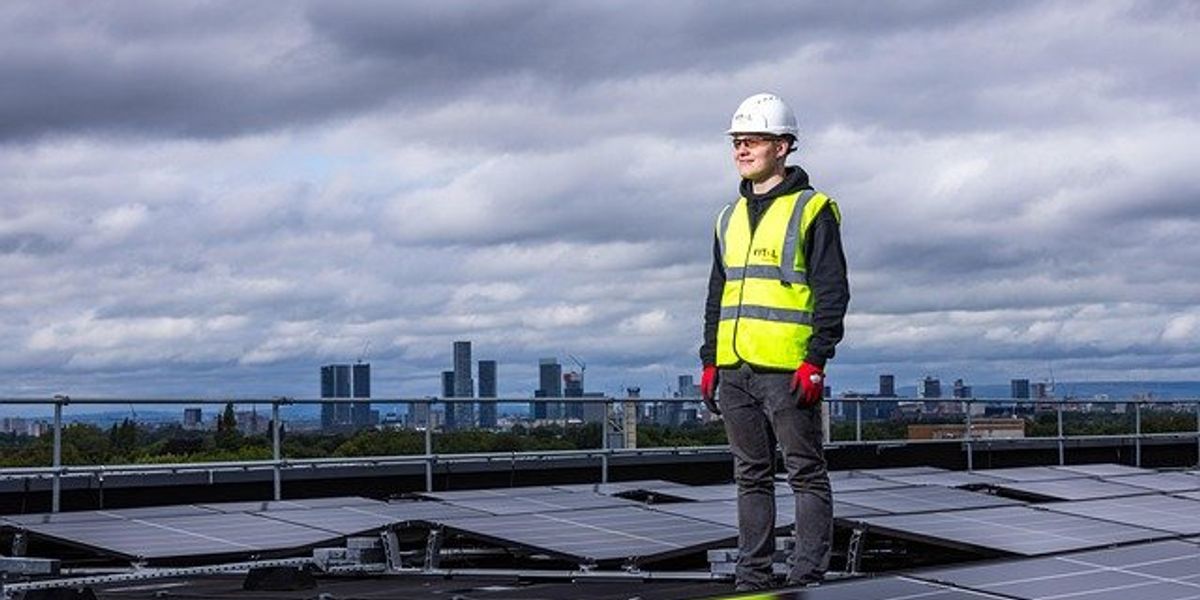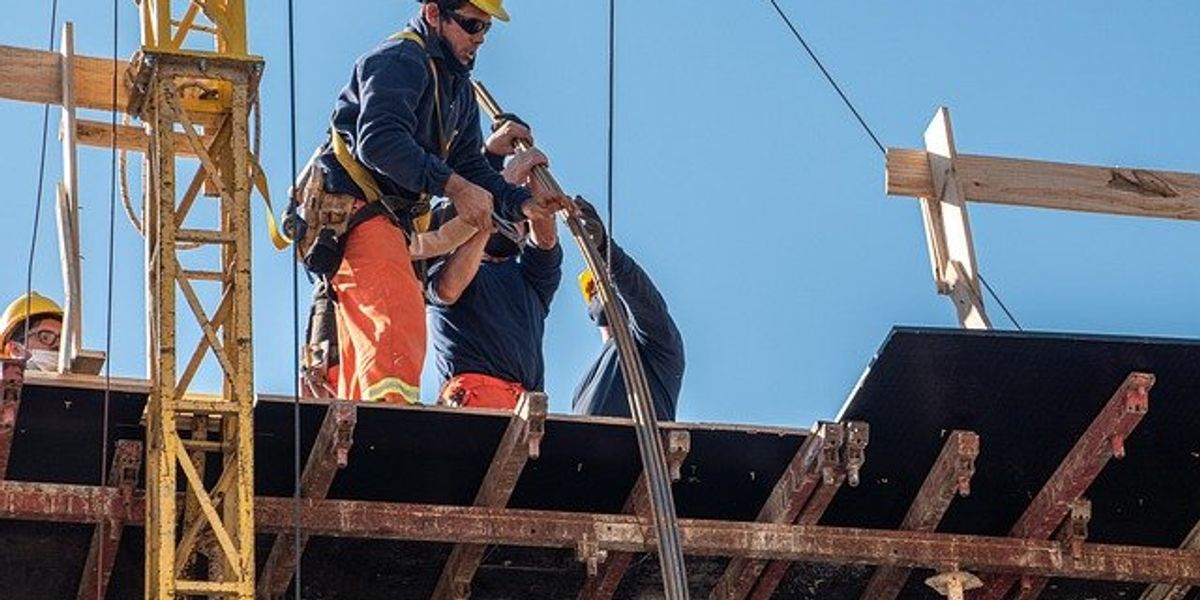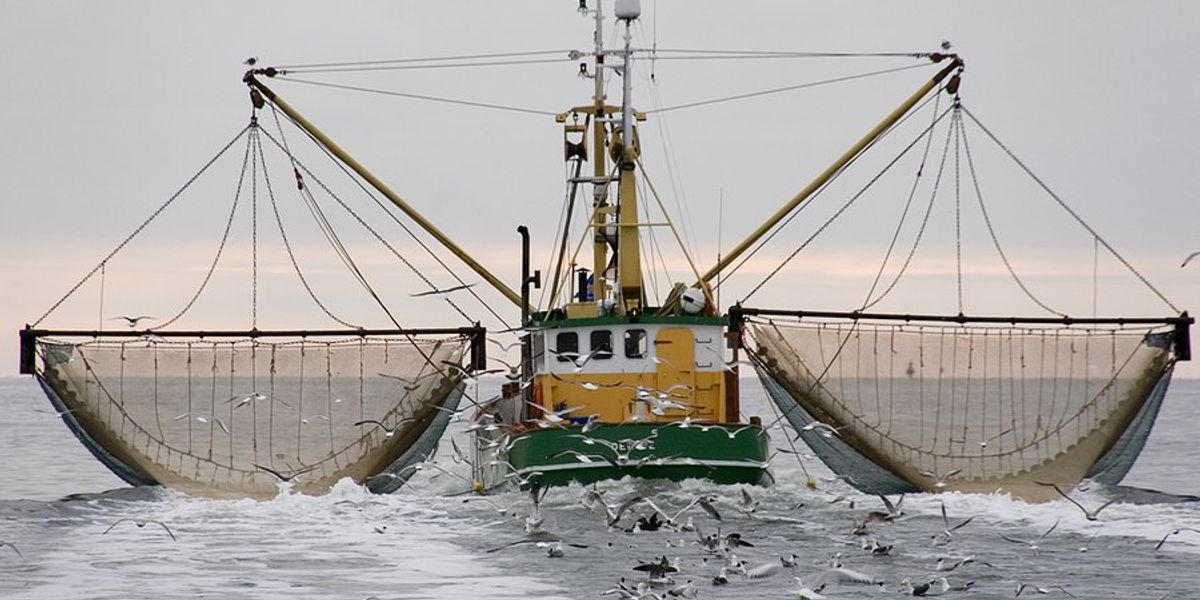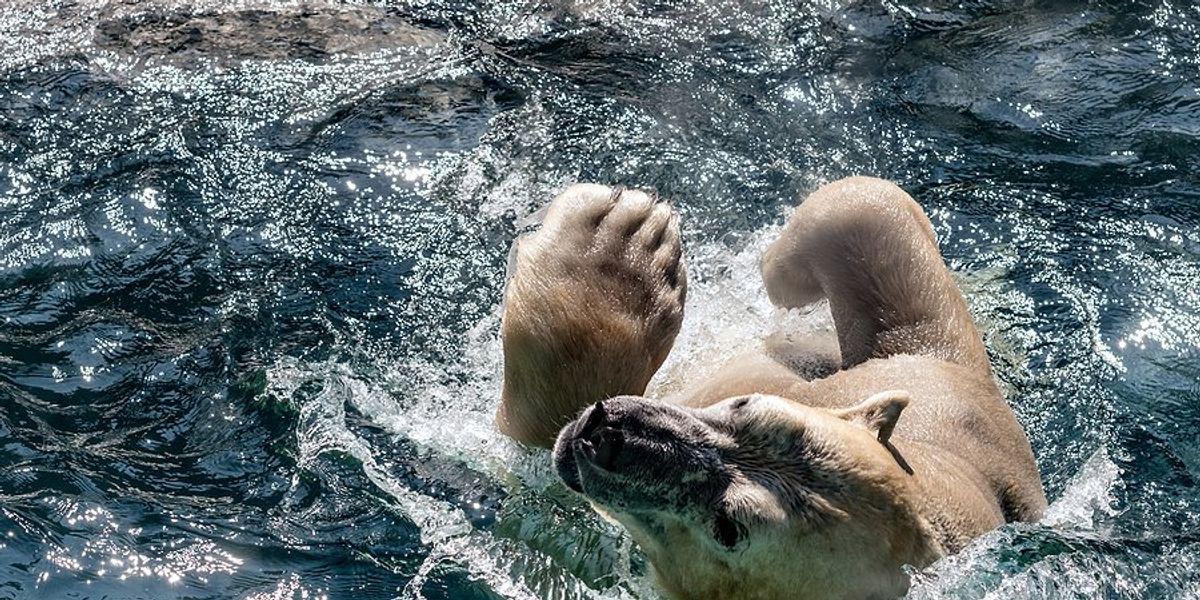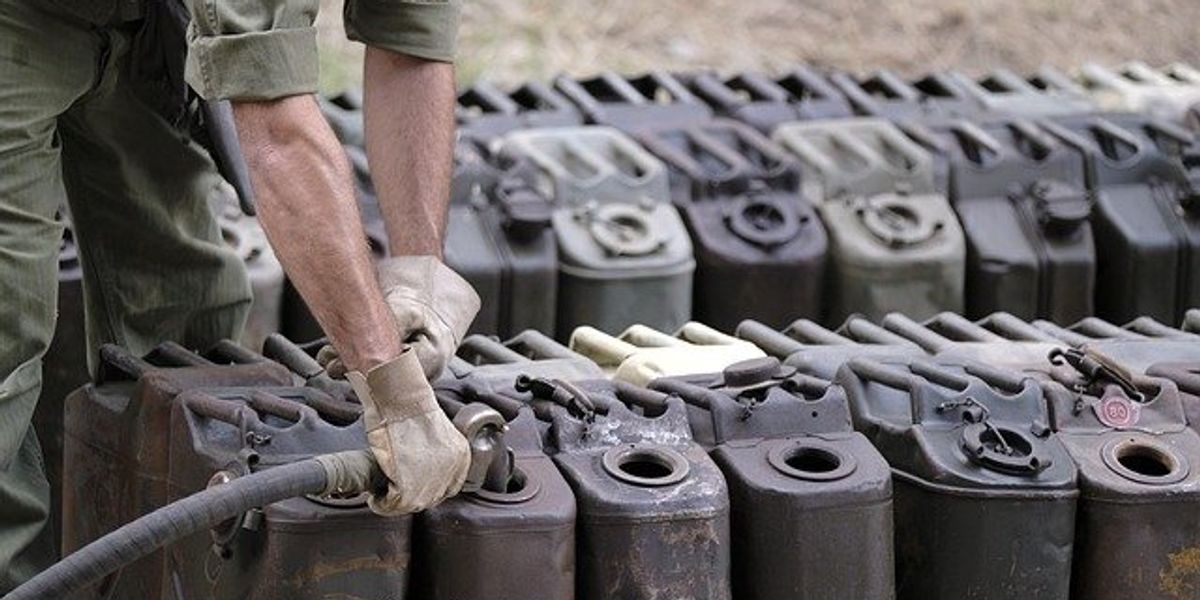
California’s climate program helps factory farms profit off pig waste
A California climate policy meant to curb methane emissions from dairy farms has fueled a boom in out-of-state factory farms converting pig manure into fuel, sparking criticism from scientists, local residents, and environmental groups.
Evan Halper and Samuel Oakford report for The Washington Post.
In short:
- California’s Low Carbon Fuel Standard gives carbon credits to companies that turn methane from animal waste into natural gas, even if the farms are located out of state. Smithfield Foods, the largest U.S. pork producer, now operates most of the swine waste projects approved for the credits — none of which are in California.
- Critics say the program rewards pollution-heavy farming practices, with subsidies propping up massive manure lagoons that emit high levels of methane. Environmental groups have sued the state, arguing the credits worsen pollution and undermine environmental justice.
- Although Smithfield and its partners have invested heavily in methane capture technology, investigations reveal limited oversight of emissions leaks, circuitous and polluting fuel transport routes, and inflated estimates of climate benefits, all while California consumers foot the bill through higher fuel prices.
Key quote:
“If California is taking money from drivers at the pump to subsidize activities meant to cut greenhouse gas emissions, the state better be making sure those activities are working.”
— Michael Wara, director of the Climate and Energy Policy Program at Stanford Law School
Why this matters:
Industrial-scale livestock farms are among the largest sources of methane. When thousands of pigs are packed into confined spaces and their waste is funneled into lagoons, the methane emissions can rival those of major fossil fuel operations. Programs like California’s were designed to curb such emissions, but critics argue they now prop up the very factory farms they were meant to rein in — with minimal transparency and oversight. The resulting system rewards industrial agriculture while sidelining smaller, more sustainable farms. Meanwhile, surrounding communities suffer from noxious odors, air and water pollution, and public health risks. Spill records and lax leak monitoring raise further concerns about whether these “climate solutions” are creating more harm than good.
Related: Factory farm air pollution is harming communities of color

